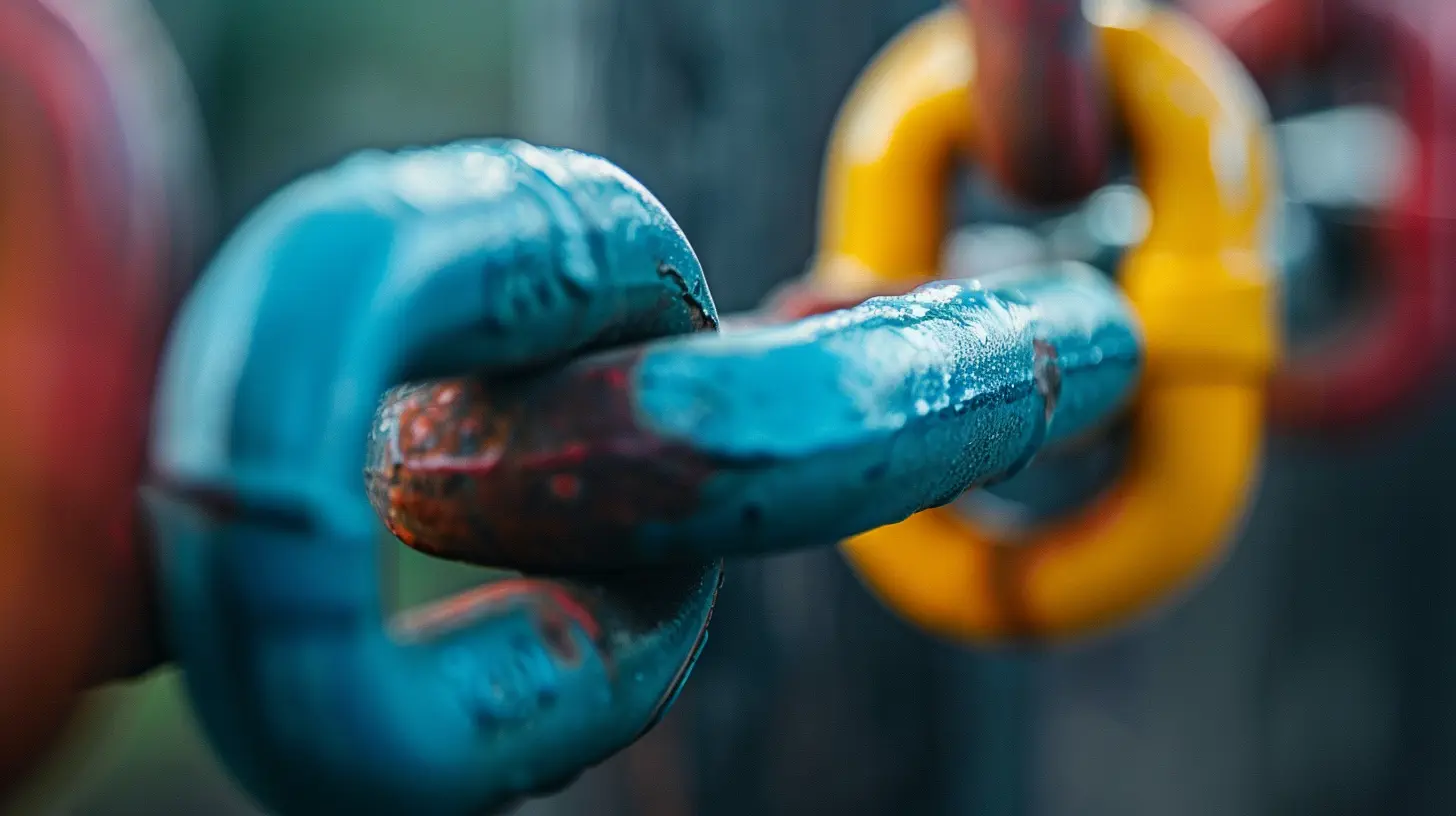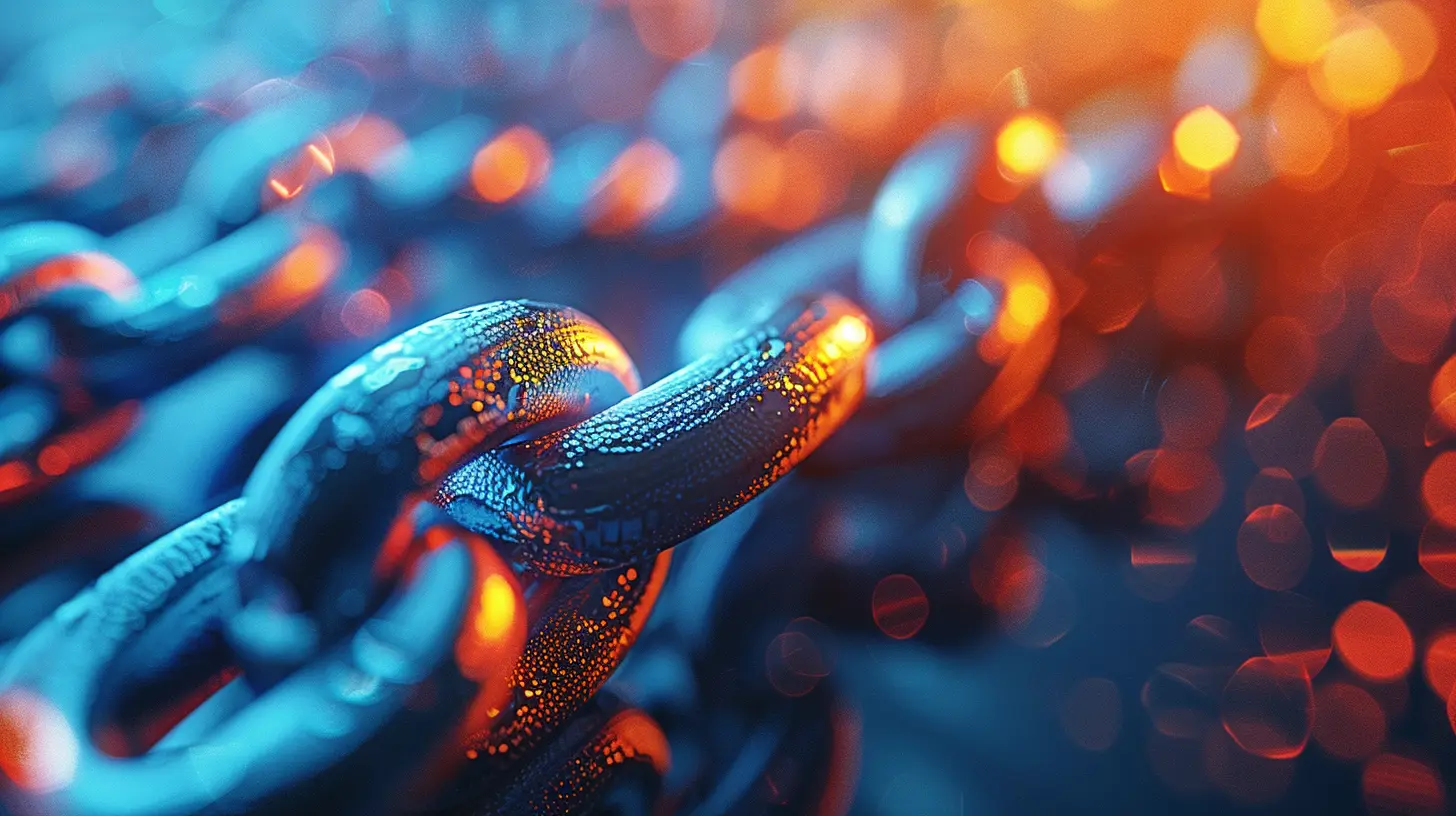The Power of Internal Linking: Strategies for Better SEO Performance
11 October 2025
If you're like most people who run a website or blog, you've probably heard the term "internal linking" thrown around in SEO discussions. But what exactly is it? And why does it seem like such a big deal? Here's the thing—internal linking is one of the most underrated but powerful tools you can use to boost your site’s search engine rankings. It's like the unsung hero of SEO, quietly doing its job while everyone gushes over backlinks and keywords.
In this blog post, we’ll dig into what internal linking is, why it matters, and—most importantly—how you can use it to turbocharge your SEO performance. So, grab a cup of coffee, settle in, and let’s unpack the power of internal linking together.
What Is Internal Linking?
Let’s start with the basics. Internal links are simply hyperlinks that connect one page on your website to another page on the same website. Think of them as the threads that weave your site into a cohesive web. When used correctly, they guide your visitors from one piece of content to another, keeping them engaged and on your site longer. Pretty slick, right?For example, if you’ve got a blog post about "The Best Healthy Snacks" and another one about "Meal Prep Tips for Busy People," linking those two together makes sense. It’s like taking someone by the hand and saying, “Hey, if you liked this, you’ll love this too!”
Why Internal Linking Is Crucial for SEO
Okay, so why should you care? Why is everyone raving about internal linking? Here’s the scoop: internal linking is about way more than just connecting pages. It has a ripple effect that can significantly impact how search engines—and users—interact with your site.1. Boosts Crawlability
Search engine bots (think of them as little digital spiders) need help to crawl and index your website efficiently. When you use internal links, you’re essentially giving these bots a map to follow. Without links, pages on your site are like islands that are tough to find. Internal linking bridges those gaps, making it easier for Google to discover all your content.2. Spreads Link Equity
Every webpage has some “SEO juice” (fancy term: link equity). Internal linking allows you to distribute that juice across multiple pages, improving their chances of ranking higher. Got a new blog post that you want to rank? Link to it from your more authoritative pages to give it a little boost. It’s like borrowing popularity points from a celebrity—you’re borrowing authority from your own top-performing pages.3. Enhances User Experience
Internal links aren’t just for bots—they’re a goldmine for your human readers too. Done right, they help people find related content, solve problems, or dive deeper into topics they’re curious about. Think about it: You’re reading an article on budgeting tips, and suddenly there’s a link to a free budget planner. Wouldn’t you click on it? Of course, you would!4. Improves Dwell Time and Reduces Bounce Rate
Internal linking keeps visitors on your site longer. Increased dwell time (how long a user stays on your site) sends a signal to Google that your content is engaging and valuable. Meanwhile, fewer people hitting the back button tells Google that your site is worth sticking around on.
Types of Internal Links You Should Be Using
Not all internal links are created equal. Some do more for your SEO than others. Here’s a rundown of the key types of internal links you should know about.1. Navigational Links
These are the links you see in menus, sidebars, or footers. Their purpose is to help users get to the main sections of your website. While they’re great for usability, they don’t carry as much SEO weight as contextual links.2. Contextual Links
These are links placed within your content, and they pack the biggest SEO punch. Why? Because they’re highly relevant to the topic at hand. When someone clicks on a contextual link, it’s because they’re genuinely interested in learning more about that specific topic.3. Call-to-Action Links
These links often take the form of buttons or text like "Read More" or "Shop Now." While their primary goal is conversions, they can also help guide users to important pages on your site.4. Related Posts or Products
You’ve probably seen this at the end of blog posts: “You May Also Like” or “Related Articles.” These are great for keeping users engaged and directing them to other valuable content.
Strategies for Better Internal Linking
Alright, so now that you know what internal links are and why they matter, let’s get to the good stuff: the strategies. Here’s where the magic happens.1. Plan Your Link Structure
Think of your website like a tree. The homepage is the trunk, and each major category is a branch. Subcategories and individual content pieces are the leaves. Your goal is to make sure everything connects logically. A clear structure isn’t just good for SEO—it also makes navigation a breeze for your users.2. Use Keyword-Rich Anchor Text
The clickable text of your link (known as anchor text) should be descriptive and relevant to the page you’re linking to. For example, instead of using “Click Here,” try something like “SEO Beginners Guide.” This helps both users and search engines understand what the linked page is about. Just don’t overdo it—stuffing keywords into anchor text looks spammy.3. Link to Deep Pages
Don’t just link to your homepage or your main category pages. Be intentional about linking to deeper, lesser-known pages that could use some love. This helps spread link equity more evenly across your site.4. Prioritize Relevance
Only link to pages that make sense in the context of your content. For instance, if you’re writing about “Healthy Meal Ideas,” linking to “How to Start a Fitness Routine” makes sense. Randomly linking to your “Contact Us” page? Not so much.5. Avoid Overlinking
Here’s a pro tip: Don’t go link-crazy. Too many links on a single page can overwhelm users and dilute your SEO efforts. Aim for balance—enough links to be helpful but not so many that it feels cluttered.6. Audit and Update Your Links Regularly
Sites evolve over time, and so does your content. Periodically check for broken links, outdated pages, or opportunities to add new internal links. An up-to-date linking strategy is like a well-maintained garden—it keeps everything flourishing.Common Mistakes to Avoid
Even the best SEO pros can slip up, but being aware of these common mistakes can save you a lot of headaches.- Orphan Pages: These are pages with no internal links pointing to them. They’re basically invisible to both users and search engines. Fix this by ensuring every page is linked to at least once.
- Duplicating Anchor Texts: Using the same anchor text for different links can confuse search engines. Be unique and descriptive.
- Ignoring Mobile Optimization: Mobile users are a huge chunk of your audience. Make sure your internal links are easy to click on small screens.
Measuring Your Internal Linking Success
How do you know if your internal linking strategy is working? Keep an eye on these metrics:1. Bounce Rate: A lower bounce rate usually means better internal linking.
2. Time on Page: If users are sticking around longer, your links are doing their job.
3. Pageviews Per Session: More clicks = more engagement.
4. Search Rankings: Over time, your linked pages should start climbing the SERPs.
Use tools like Google Analytics, Search Console, or even specialized SEO software to track these metrics and fine-tune your strategy.
Wrapping It Up
Internal linking is like the glue that holds your website together. It improves your site’s structure, boosts your SEO, and makes it easier for users to navigate your content. Best of all? Unlike backlinks, it’s completely within your control. With the strategies we’ve covered, you’re now armed and ready to create an internal linking strategy that drives real results.Remember, it’s all about balance. Don’t overcomplicate it, but don’t underestimate its power either. Whether you’re a newbie or an SEO pro, there’s always room to level up your internal linking game.
all images in this post were generated using AI tools
Category:
SeoAuthor:

Miley Velez
Discussion
rate this article
1 comments
Soliel Coleman
Great insights! Internal linking truly enhances SEO effectiveness. Thank you!
October 20, 2025 at 2:59 AM

Miley Velez
Thank you for your feedback! I'm glad you found the insights helpful. Internal linking is indeed a powerful tool for SEO!


